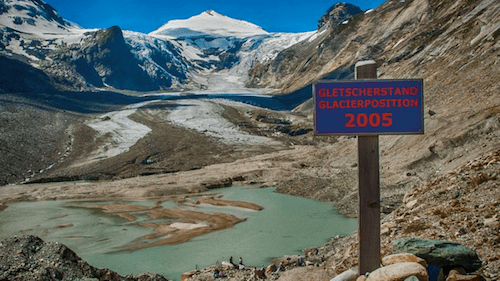Europe’s regions are facing rising sea levels and more extreme weather, such as more frequent and more intense heatwaves, flooding, droughts and storms due to climate change, according to a European Environment Agency report published today.
The report entitled “Climate change, impacts and vulnerability in Europe 2016”
assesses the latest trends and projections on climate change and its impacts across Europe and finds that better and more flexible adaptation strategies, policies and measures will be crucial to lessen these impacts. Many CMCC Foundation researchers collaborate on the reports as co-authors and expert reviewers, in particular in the sections dedicated to extreme events, energy, and tourism.
“Climate change will continue for many decades to come. The scale of future climate change and its impacts will depend on the effectiveness of implementing our global agreements to cut greenhouse gas emissions, but also ensuring that we have the right adaptation strategies and policies in place to reduce the risks from current and projected climate extremes”, said Hans Bruyninckx, EEA Executive Director.
The observed changes in climate are already having wide-ranging impacts on ecosystems, the economy and on human health and well-being in Europe, according to the report.
New records continue to be set on global and European temperatures, sea levels and reduced sea ice in the Arctic. Precipitation patterns are changing, generally making wet regions in Europe wetter and dry regions drier. Glacier volume and snow cover are decreasing. At the same time, climate-related extremes such as heat waves, heavy precipitation and droughts, are increasing in frequency and intensity in many regions. Improved climate projections provide further evidence that climate-related extremes will increase in many European regions.
All European regions are vulnerable to climate change, but some regions will experience more negative impacts than others. Southern and south-eastern Europe is projected to be a climate change hotspot, as it is expected to face the highest number of adverse impacts. This region is already experiencing large increases in heat extremes and decreases in precipitation and river flows, which have heightened the risk of more severe droughts, lower crop yields, biodiversity loss and forest fires. More frequent heat waves and changes in the distribution of climate-sensitive infectious diseases are expected to increase risks to human health and well-being.
The contribution of CMCC Foundation to the report.
Jaroslav Mysiak (Director of the RAAS – Risk Assessment and Adaptation Strategies Division) co-authored Section 5.1 “Impacts of climate-related extremes”;
Andrea Bigano (ECIP – Economic analysis of Climate Impacts and Policy Division) is author of Sections 5.4 “Energy” and 5.6 “Tourism”.
Other CMCC experts (Enrica De Cian, Silvio Gualdi, Rita Lecci, Monia Santini) provided comments and expert reviews to specific sections of the report.
All the CMCC work related to this report was funded by the EEA project: “ETC/CCA – European Topic Centre on Climate Change impacts, vulnerability and Adaptation” which is coordinated by the CMCC expert Silvia Medri (RAAS).
For more information, see also:
- All the key findings of the report
- Download the complete report
- A video by EEA: “Climate change impacts in Europe”




